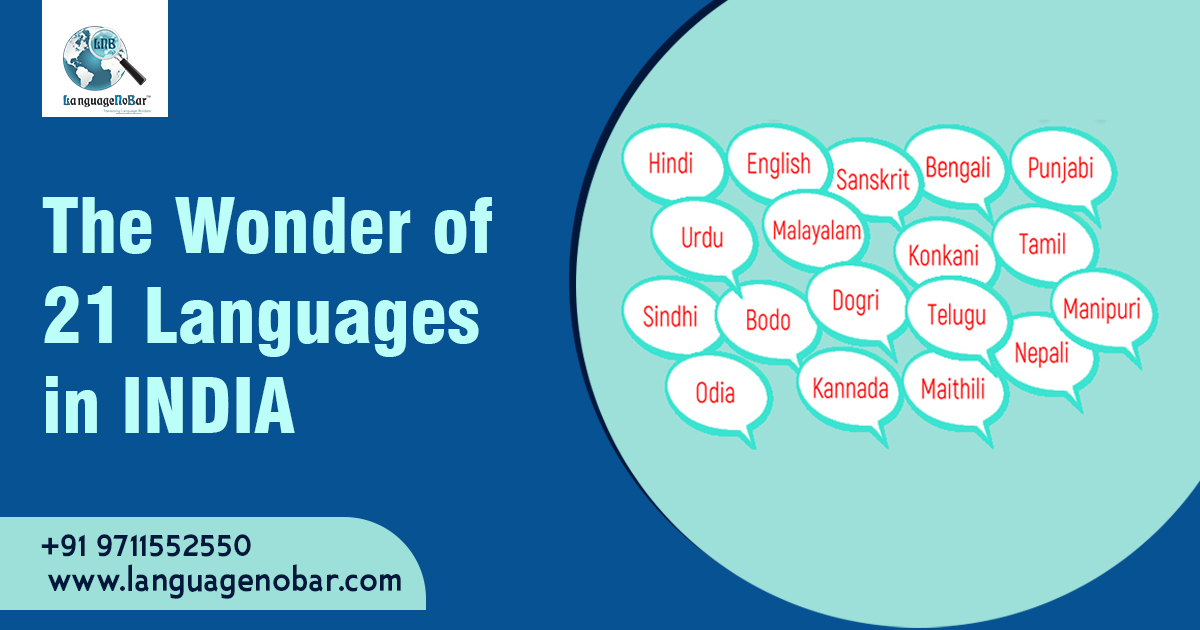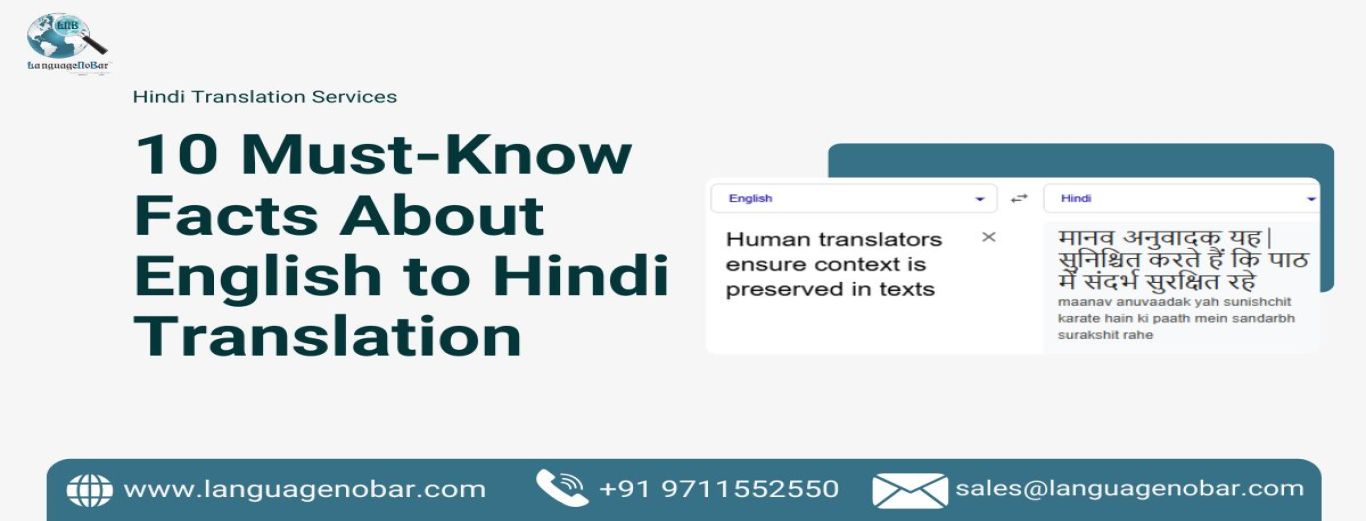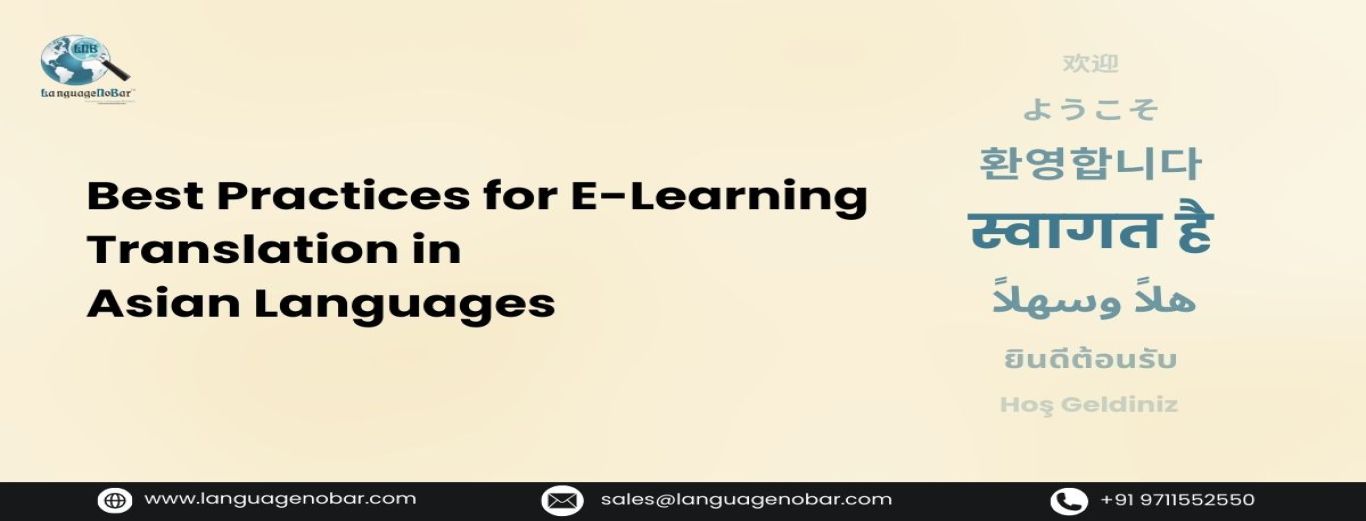India: A Country Of 21 Modern Indian Languages
- Indian Languages Translation Services
- Comments (0)
With over a billion people living on the Indian subcontinent, one would anticipate a wide range of languages to be spoken. And what a selection there is! With influences from various diverse cultures and language groups that have resided in the area over its lengthy history, India is home to hundreds of distinct languages - and that number rises to thousands when dialects are included.
With so many languages spoken in India, communication isn't always accessible, even for those of us on the outside. Professional language services can help you overcome the language barrier in order to facilitate connection, whether you want to develop your business in the Indian market or simply make contact with someone in India.
Only a few nations in the world can claim such a wonderful variety of languages, each influenced by centuries of native culture, regional variations, war, and religion. In fact, India's diverse languages and cultures add to the mystique of the nation. Many foreigners have been drawn to Wonder in an effort to understand the various contradictions present in Indian society. For instance, the clashing of materialism with spirituality, the stratification of class, and the coexistence of several religious beliefs under one flag.
The majority of Indian languages come from the Indo-Aryan and Dravidian language groups.
Around 74 percent of people in the country speak Indian languages, with the North having the highest concentration. These languages, which have roots in ancient Sanskrit and include influences from a range of other languages, such as Persian, include Assamese, Gujarati, Hindi-Urdu (Hindustani), Marathi, Punjabi, Rajasthani, and Sindhi. They first appeared around the year 1000. Companies wanting to get into the Indian market can opt for premium Hindi translation services.
Around 24 percent of Indians speak one of the Dravidian languages, which are mainly prevalent in the South of the country. These languages, which are derivations of old Sanskrit and include Kannada, Malayalam, Tamil, and Telugu, evolved independently of the Northern languages.
Although these are the two main language families spoken in modern-day India, additional independent language families exist as well, including Tibeto-Burman and Austro-Asiatic, which are primarily spoken in the northeastern region of the nation.
With the exception of Punjabi, Kashmiri, Urdu, and Sindhi, which employ slightly different forms of the Arabic script, the majority of the languages spoken in India have their own distinctive alphabets. The Devanagari script, which is used by the Nepalese as well as other Indian languages, is written from left to right. It's important to note that despite having distinct scripts, speakers of the Indian languages Hindi and Urdu can comprehend each other well. While Urdu relies on the Persian-Arabic alphabet,
English, which is designated by the Constitution as a co-official language of the nation, has a special place in India. During the colonial era, English was introduced to the nation. It is now the language of education, science, technology, government, and the media. It ensures socioeconomic advancement for the typical Indian and is the language of prestige and the elite.
The second most popular language in India after Hindi is English, which is spoken by more than 125 million people. In reality, English promises Indians possibilities for white-collar employment. In a nation where people speak hundreds of different languages, English serves as the "link" language. For linguistic and cultural reasons, Indian English is very different from SSBE (Spoken Standard British English). This dialect is referred to by many as "Hinglish."
The official languages of India's central government are both Hindi and English. Individual state legislatures, however, are free to designate any regional tongue as the official language of their jurisdiction. The freedom to communicate with any government agency in their native tongue is guaranteed by the Indian Constitution for all Indians.
The Bhili language is the biggest tongue that isn't one of India's 21 official tongues. 5.5 million people are native speakers (ranked 13th by the number of speakers). Following Bhili are Gondi (15th), Tulu (19th), and Kurukh (20th).
In order to advertise the products to Indian consumers and partner with Indian firms, more and more enterprises will be interacting with Indian companies and people as India becomes a more significant player in the global economy. For a better understanding of the products for the people, they can hire translation services like looking for the best Telugu translation company.
For those who are not familiar with the languages, it can occasionally be difficult to even tell what language is being used by the people you are speaking within India. It's a wise decision to have a reputable language services provider like LanguageNoBar on your side. It's one of the top professional translation services in India.
You can rely on LanguageNoBar for a wide range of linguistic services, such as determining the language your target audience uses, translating legal documents, localizing content for various regions and segments of the Indian population, and offering interpreting services for business negotiations.
Related Blog :
5 KEY TRANSLATION TIPS WHILE GETTING YOUR DOCUMENTARY DUBBED INTO ANOTHER LANGUAGE
HOW TO PICK THE BEST-FIT TRANSLATION COMPANY FOR YOUR LOCALIZATION NEEDS
WHY LOCALIZING YOUR MOBILE APP IS A MUST FOR COMMERCIAL SUCCES







